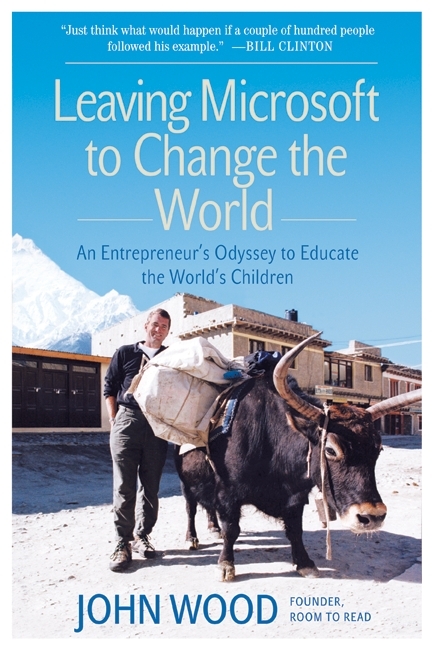孤独の中華そば「江ぐち」by 久住昌之 (牧野出版) Kodoku no Chuka Soba [Eguchi] by Masayuki Kusumi (Makino Publishing)
If I were to translate the title of this book into English, it would be “The Lonely Noodle Shop [Eguchi]”. If I were to directly translate the title into English, it would be “The Lonely Chinese Noodle Shop [Eguchi]”. However, the shop is neither lonely, nor does it feature Chinese noodles. It’s a small neighborhood ramen shop. Of course there will be those who would argue that ramen is a Chinese noodle but we will leave that debate for another time.
This book is the culmination of a previously out of print book that featured the ramen shop [Eguchi] which was originally published in 1984 and had the extremely long title of 「近くへ行きたい。秘境としての近所―舞台は“江ぐち”とゆうラーメン屋」which translates to something like “I want to go near (or “I don’t want to go far”), an unexplored region of my neighborhood, the stage is a ramen shop called “Eguchi.” With a title as long as that, it’s no wonder the book went out of print.
If you live in Japan, you will discover there seems to be an infinite number of ramen shops to choose from. There may be thousands in Tokyo alone. Unlike the versions found in the States, a lot of the ramen shops have only a counter space with a maximum capacity for maybe ten people. Some are located in residential areas, or as the original title suggests, in an unexplored region of a neighborhood. This is the story of just one of them – a ramen shop called Eguchi,the people who work there, the regular customers, including Kusumi himself and his friends who gather there for drinks and snacks. And of course it’s about the ramen as well.
So why has this book just been reprinted twenty-six years after its first incarnation? When Kusumi was 26, he was not yet into his third year as a manga artist working for a magazine called “Garo” in which he also had a regular column. He wrote about his neighborhood ramen shop in three consecutive issues of Garo, one of his editors really enjoyed the pieces, and suggested he write a book about that particular ramen shop, Eguchi. So he did, without the consent of the ramen shop or staff, giving them pseudonyms that he came up with--Onigawara (Ogre), Akuma (Satan), and Takuya (because Takuya looked like his younger brother, also named Takuya). He imagined their lives and their personalities, but what he was most detailed about was the layout of the ramen shop, the ramen itself, as well as the three employees who seemed to work on a rotating basis there.
He also wrote about his friends who would join him for a bowl of ramen or a beer at Eguchi--his college senpai (older classmate) who was two years older than he was, his childhood buddy, his high school classmate, and an older high school friend. He fills us in on other regulars whom he and his friends give nicknames to, such as “the man with the big hair” or the part-time worker they called Okami-san (Matron), and the man they thought might be the owner Tadanao Eguchi, (they were not sure how to read the kanji of his name and if he was the owner or not), who didn’t work at the shop but always brought the freshly made noodles. Kusumi writes in detail about the way Onigawara, Akuma, and Takuya prepare their ramen, saying sometimes the flavor could be hit or miss, that one bowl was never quite the same as the next. The book includes rough sketches of the shop as well as caricatures of all the people involved.
But the book didn’t keep Kusumi from remaining a regular customer there. With a bit of fear and trepidation, he returned to his favorite neighborhood ramen shop time and time again. Not once did any of the three staff members ever mention anything about what he had written.
And now for the reason why the book has been reprinted. Kusumi, now in his forties and no longer living in the neighborhood, still treated himself to a bowl of ramen at Eguchi whenever his work or time allowed him to visit his old neighborhood. The final half of the book was compiled from blog pieces that he wrote between the ages of 42 and 51, relating to his favorite place to eat ramen. The biggest news was in the final piece-- after having been open for business for twenty-six years, Eguchi was closing its doors for good at the end of January, 2010. It seems the owner had passed away in his bathtub and there was no one to renew the contract for the shop.
This is as much fun to read as any piece of fiction, (well, admittedly the stories in the beginning of the book behind the main characters who ran the ramen shop were a product of Kusumi’s imagination), filled with the undeniable love Kusumi had for this shop and its ramen, and the people who made it.
After moving to Tokyo, I too had my favorite haunts where I was also welcomed as a regular customer. Even if I ventured out on my own, I would always find a friend or acquaintance either eating or drinking at one of the places I frequented. However, unlike Kusumi, I usually became friends with the manager or owner of the establishments I went to. Americans might have a hard time understanding the intricacies of becoming a regular at a small joint but it does give you a peek into a lesser known part of the Japanese culture. マスター、付けといて!(Master, put it on my bill!) by Ernie Hoyt
This book has been published in Japanese text only.

